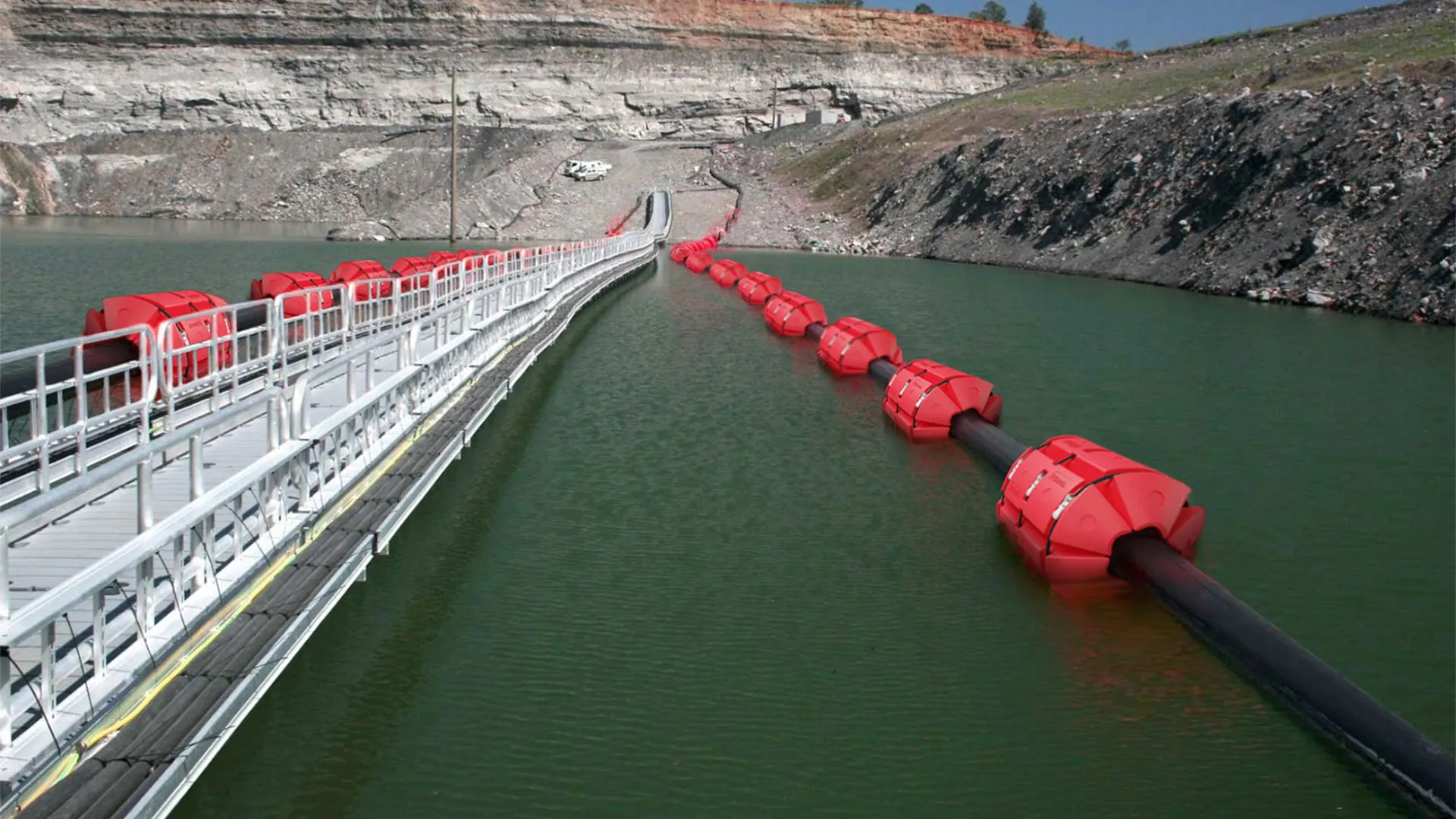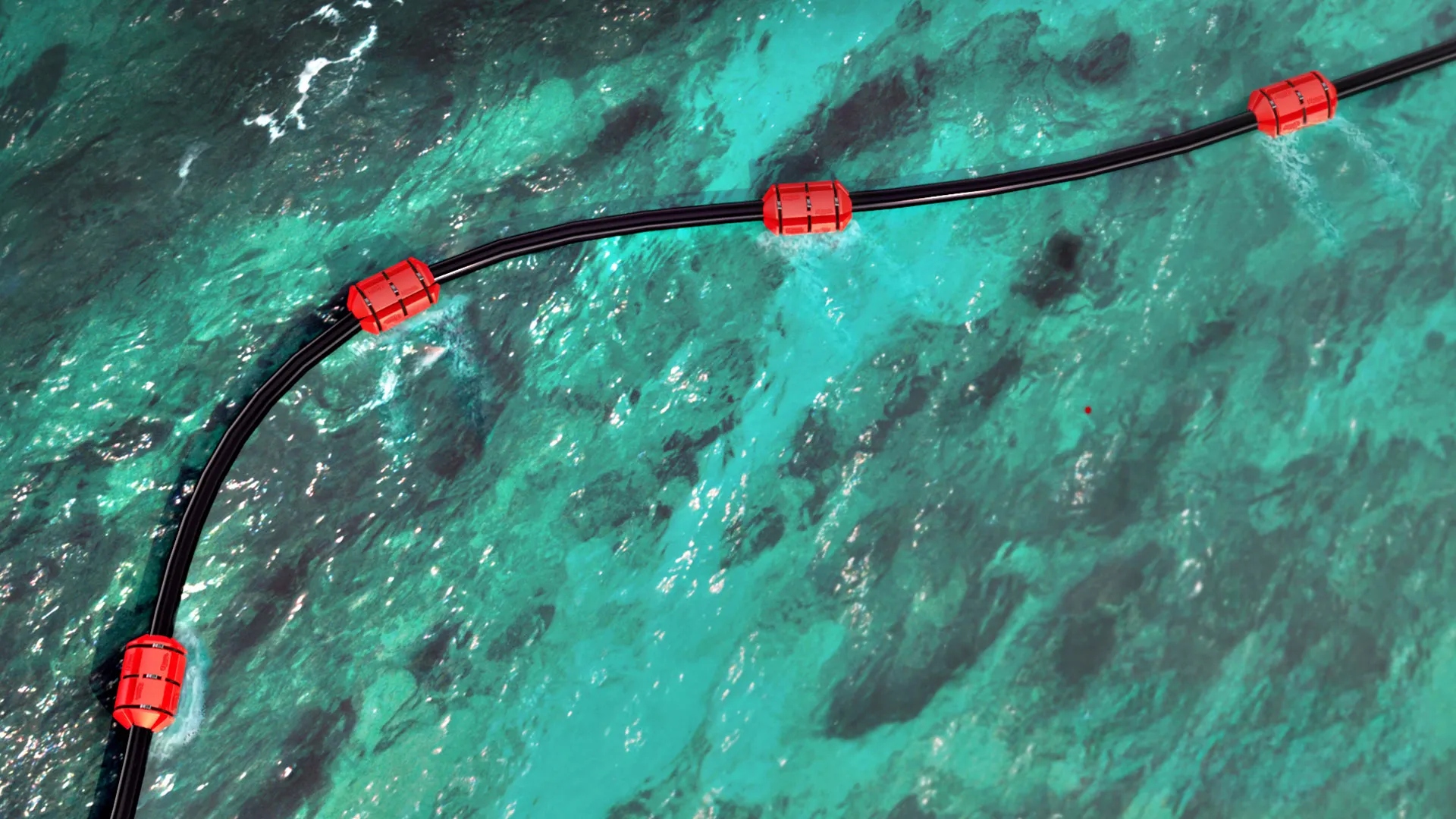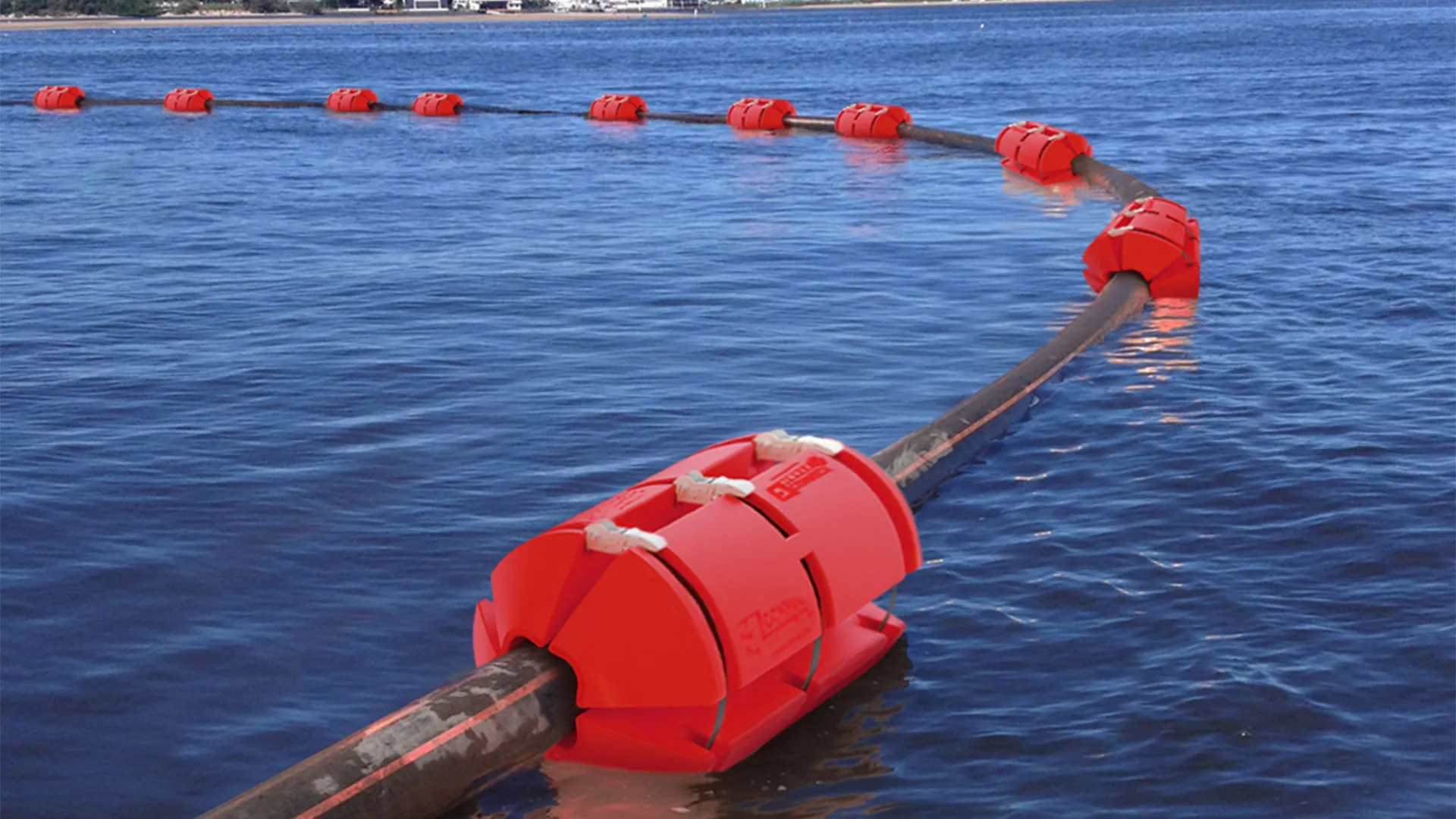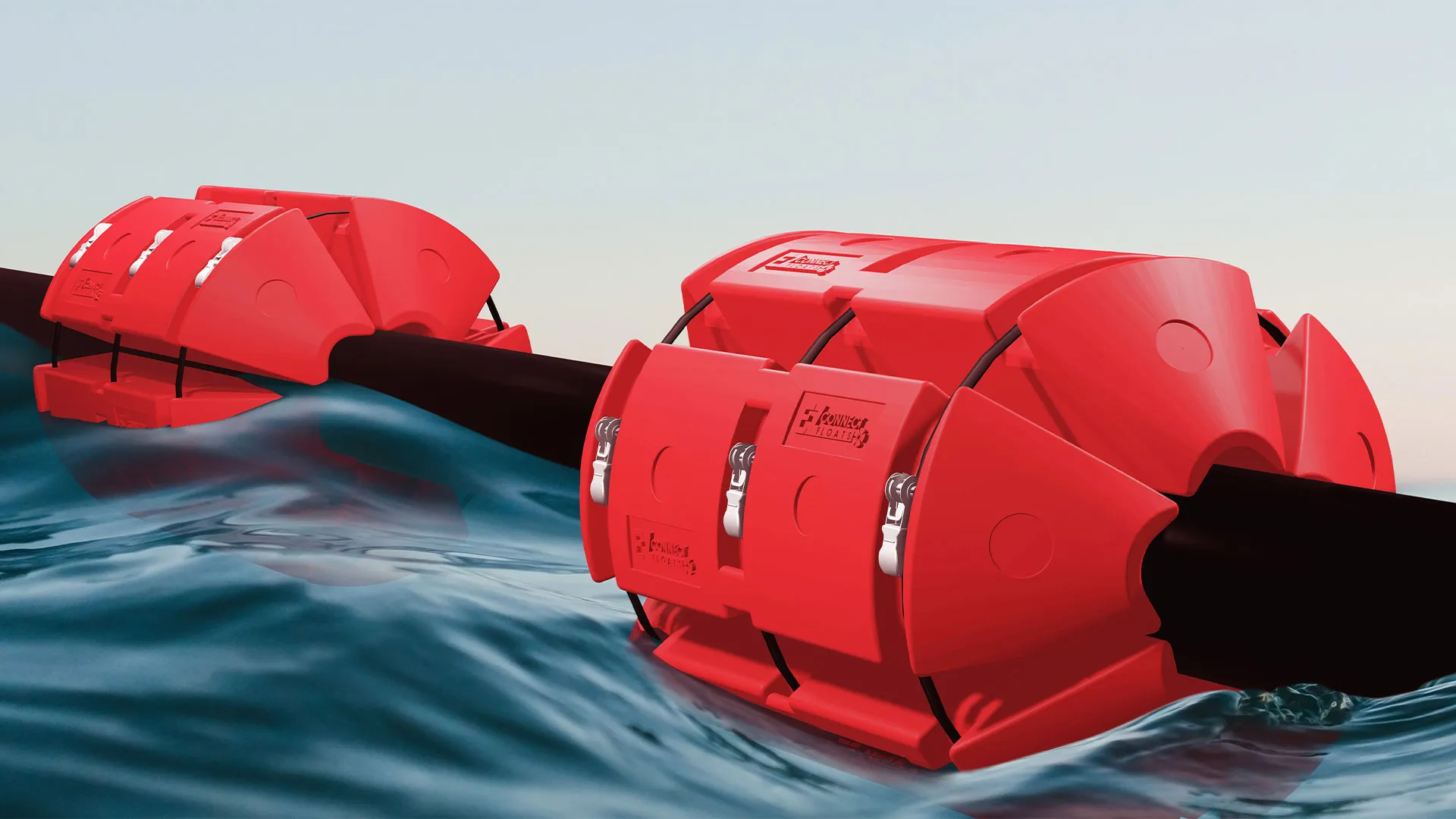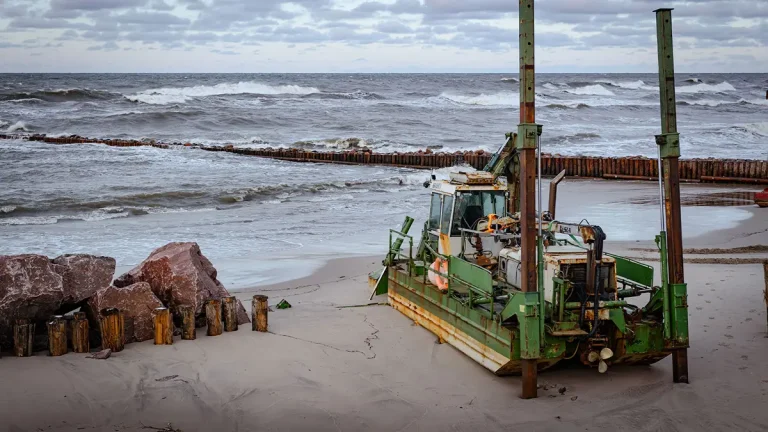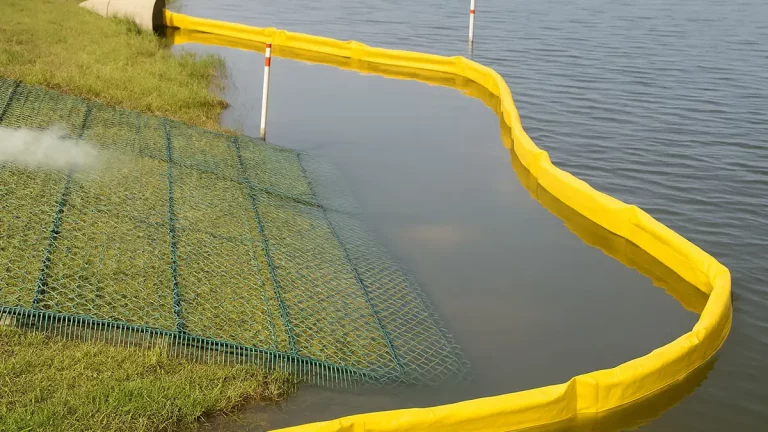Introduction
Choosing the right line floats for your project is essential to ensure safety, efficiency, and long-term performance. With so many options on the market, it can feel overwhelming to select the best fit. They are indispensable in various applications, from marine and fishing projects to floating dock systems. Their primary role is to provide buoyancy, support, and visibility for ropes or lines in the water, making them a critical component of any water-based operation.
To make an informed decision, several key factors need to be considered. First, the size and buoyancy of them are crucial. These attributes determine whether the float can adequately support the weight of the line and any additional loads it might encounter. For instance, heavier lines or high-load scenarios require larger, more buoyant floats to maintain stability and effectiveness.
Material selection is another vital aspect. Line floats are typically made from plastic, foam, or rubber, each offering unique benefits. Plastic floats are lightweight and cost-effective, foam provides excellent buoyancy and puncture resistance, while rubber is highly durable and suitable for heavy-duty applications. Choosing the right material depends on the specific demands of your project, such as exposure to saltwater, UV rays, or extreme weather conditions.
Additionally, it is essential to evaluate the performance and durability of the floats. High-quality floats should resist water absorption, withstand UV exposure, and maintain their structure under challenging conditions. Selecting durable floats reduces maintenance costs and extends their lifespan, offering better value over time.
By carefully considering these factors, you can select the most suitable line floats for your project. Whether you’re working on a floating line for fishing or securing a floating dock line, prioritizing quality and project-specific requirements will ensure optimal results. With the right line floats, your project will remain reliable, safe, and efficient for years to come.
Understanding Line Floats
What Are Line Floats?
Line floats are vital tools designed to provide buoyancy and support for ropes or lines in water-based environments. Frequently used in marine settings, fishing operations, and floating dock systems, these floats ensure lines remain visible and prevent them from sinking. Their role is critical in maintaining functionality and safety across various applications.
From marking boundaries in waterways to securing floating dock lines and fishing nets, line floats serve a wide range of purposes. Their adaptability makes them invaluable for both commercial projects, such as aquaculture and industrial operations, and recreational activities, like boating or water sports.
Why Choosing the Right Line Floats Matters
Selecting the correct line floats is essential for the success of your project. Well-chosen floats enhance durability, optimize performance, and reduce long-term costs. They ensure that your setup functions efficiently, even in challenging conditions. On the other hand, using unsuitable floats can result in inefficiencies, frequent maintenance, and increased safety risks.
By investing time in selecting line floats that match your project’s specific requirements—such as buoyancy, material, and environmental resistance—you can avoid unnecessary issues and ensure the long-term reliability of your water-based operations.
Key Factors to Consider When Choosing Line Floats
1. Size and Buoyancy Requirements
The size of the line floats is one of the most critical factors to consider when making your selection. The size directly influences the float’s buoyancy and its ability to support the weight of the line and any attached equipment. Choosing the appropriate size ensures your setup remains stable and effective, regardless of the conditions.
To determine the right size, take the following into account:
- Weight of the Line: Heavier lines demand larger or more buoyant floats to maintain stability and prevent submersion.
- Environmental Factors: Conditions such as waves, currents, and water depth can impact buoyancy requirements. Stronger currents or deeper water may necessitate larger, more robust floats.
- Load-Bearing Needs: Consider the maximum load the floats will need to support, including any added weight from water absorption, debris, or attached equipment. Undersized floats may fail to provide sufficient buoyancy, while oversized floats could lead to inefficiencies and unnecessary costs.
Selecting the right size ensures optimal performance while avoiding wasteful expenditure and potential operational issues.
2. Material Selection
The material of the line floats plays a significant role in determining their durability, resistance to environmental factors, and overall lifespan. Different materials are better suited to different conditions and project types. The most common materials include:
- Plastic: Plastic floats are lightweight, affordable, and suitable for calm water conditions. While they’re resistant to water, prolonged exposure to UV rays can cause degradation over time. For projects in shaded or indoor environments, plastic can be an excellent choice.
- Foam: Foam floats offer exceptional buoyancy and are resistant to punctures, making them ideal for conditions where minor impacts are expected. However, foam tends to wear out faster in harsh environments, particularly when exposed to saltwater or extreme temperatures.
- Rubber: Known for their durability, rubber floats are highly resistant to rough water conditions and heavy-duty applications. Although they are more expensive, their extended lifespan and superior performance often make them a worthwhile investment.
When selecting the material, think about the specific demands of your project. For example, a marine project exposed to saltwater and UV rays will benefit from a more durable material like rubber, whereas a calm lake environment may suit plastic or foam.
3. Performance and Durability
The performance and durability of line floats are critical to ensuring their effectiveness over time. High-quality floats that can withstand the challenges of their environment will reduce maintenance needs and increase reliability. Here are some essential performance factors to consider:
- Water Resistance: Ensure the floats are well-sealed to prevent water ingress, which can compromise buoyancy. Waterlogged floats are less effective and may require frequent replacement.
- UV Resistance: Projects exposed to direct sunlight require UV-resistant floats to prevent weakening and material degradation. UV-resistant floats maintain their structural integrity and performance even with prolonged sun exposure.
- Impact Resistance: If your project is in an environment with strong waves, collisions, or potential impacts, opt for floats with high impact resistance. These floats are designed to absorb shocks and maintain their shape and functionality even in challenging conditions.
Investing in high-performance, durable floats will not only improve the safety and efficiency of your project but also minimize long-term maintenance costs. Durable floats ensure that your setup remains functional and reliable, even in the face of environmental stressors.
By considering these key factors—size and buoyancy, material selection, and performance and durability—you can make an informed choice when selecting line floats for your project. Prioritizing quality and suitability ensures optimal results, whether you’re working with floating lines for fishing or securing floating dock lines in a marina.
Types of Line Floats and Their Applications
Line floats are essential tools used to keep ropes or lines afloat on the surface of water. They come in a variety of types, each designed for specific applications. The two main categories of line floats are floating line floats and floating dock line floats, each serving different purposes based on their size, buoyancy, and the environments in which they are used.
Floating Line Floats
Floating line floats are designed to be lightweight and versatile, making them ideal for a wide range of recreational and commercial activities. Their primary function is to keep ropes or lines afloat, ensuring that they remain easily accessible for various operations. Here are some common uses for floating line floats:
- Fishing: Floating line floats are frequently used in fishing to mark fishing nets or traps. In both commercial and recreational fishing, these floats help locate and retrieve submerged traps or nets. They keep the ropes or lines visible on the water’s surface, making it easier for fishers to pull them in without confusion.
- Marine Navigation: Another critical application for floating line floats is in marine navigation. They are used to mark boundaries or hazards in waterways. For example, floating markers might be placed along shipping lanes, near submerged rocks, or to demarcate areas of restricted access, ensuring safe passage for boats and ships. These floats are often equipped with reflective or brightly colored markings to enhance visibility.
- Sports: Floating line floats also have applications in various water sports. In swimming competitions, they are used to mark swimming lanes in pools or open water. In water polo, floating line floats help delineate the playing field. These floats ensure that participants can easily identify the boundaries of the competition area, facilitating fair play.
Floating line floats are typically made from durable, lightweight materials like foam or plastic, allowing them to float on the surface of the water without sinking. Their size and buoyancy can vary depending on the weight of the lines they are intended to support, but they are generally not designed for heavy-duty use.
Floating Dock Line Floats
In contrast to floating line floats, floating dock line floats are designed for more robust applications that require greater stability and buoyancy. These floats are larger, heavier, and more durable, making them ideal for industrial and marine environments where stronger support is necessary. Some of the key applications of floating dock line floats include:
- Docking Systems: Floating dock line floats are commonly used to secure docks and prevent mooring lines from sinking. In marinas or boatyards, these floats help keep docking lines buoyant, ensuring that boats can be securely tied without the risk of lines dragging under the water’s surface. They are especially useful for maintaining the integrity of dock systems by reducing wear and tear on ropes and anchors.
- Mooring: In larger marine settings, such as industrial or commercial marinas, floating dock line floats support heavy-duty mooring lines that keep large vessels in place. These floats provide enough buoyancy to hold up the weight of thick ropes, ensuring the mooring lines do not sink or become entangled with underwater obstacles. They are often used to secure cargo ships, tankers, and other sizable boats that require stable and reliable mooring.
- Aquaculture: Floating dock line floats are also employed in aquaculture to maintain fish pens and enclosures in place. These structures need to remain buoyant to keep fish contained in a controlled environment. The floats help prevent the enclosures from sinking and ensure that they stay positioned in the water, even in challenging conditions like waves or strong currents.
Because of their increased buoyancy and durability, floating dock line floats are often made from more robust materials, such as heavy-duty plastic, rubber, or foam. These materials ensure that the floats remain functional and stable under heavier loads and in more demanding conditions.
Tips for Choosing the Best Line Floats
- Consult Manufacturer Specifications: Review the manufacturer’s guidelines for buoyancy, load capacity, and environmental suitability to ensure compatibility with your project.
- Consider Project-Specific Requirements: Take into account factors like water depth, current strength, and temperature variations to select floats that can withstand these conditions.
- Test Before Purchase: If possible, test a sample float in the intended environment to evaluate its performance and buoyancy.
- Prioritize Quality Over Cost: While budget considerations are important, investing in high-quality floats reduces long-term costs associated with maintenance and replacements.
- Seek Expert Advice: Consult professionals or experienced suppliers to get recommendations tailored to your project.
Common Mistakes to Avoid
- Choosing the Wrong Size or Material: Selecting floats that are too small or made of unsuitable materials can lead to inefficiencies and reduced lifespan.
- Ignoring Environmental Factors: Failure to consider water conditions, such as currents or salinity, can result in premature wear and tear.
- Overlooking Safety Standards: Always ensure the floats meet industry safety standards and certifications to avoid potential hazards.
- Skipping Maintenance: Regularly inspect and maintain your line floats to prevent issues caused by wear, damage, or environmental exposure.
Conclusion
Choosing the right line floats for your project requires careful consideration of factors like size, material, and performance requirements. Whether you need floating line floats for fishing or floating dock line floats for a marina, prioritizing quality and project-specific needs will ensure long-lasting success.
Invest in reliable, durable floats that can withstand the challenges of your environment. By following the tips and avoiding common mistakes outlined in this guide, you’ll be well-equipped to make an informed decision.
Ready to start your project? Explore a wide range of high-quality line floats to find the perfect fit for your needs today!


